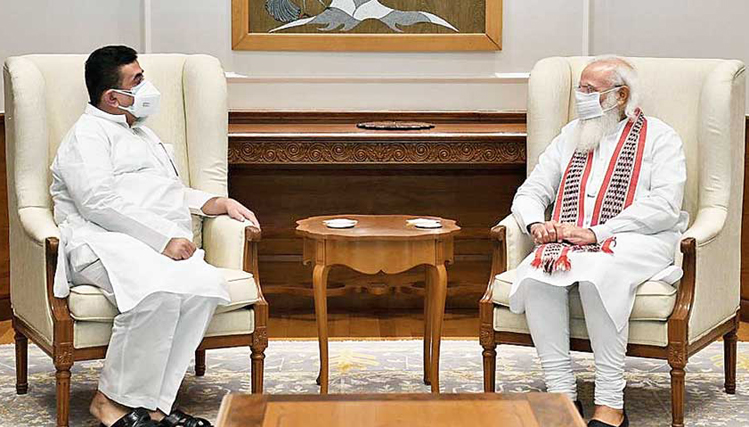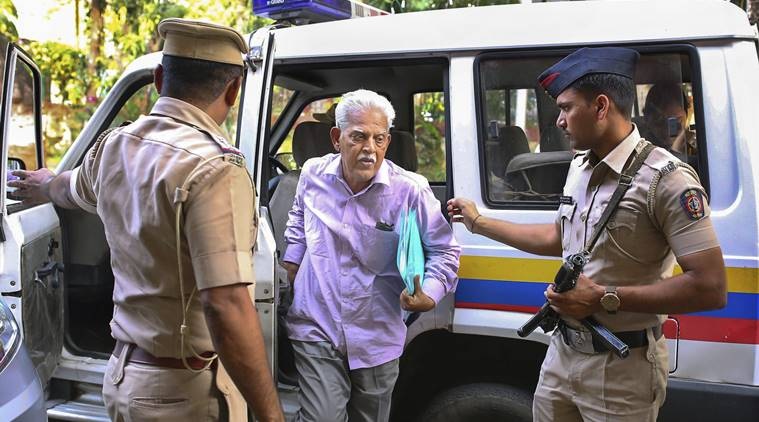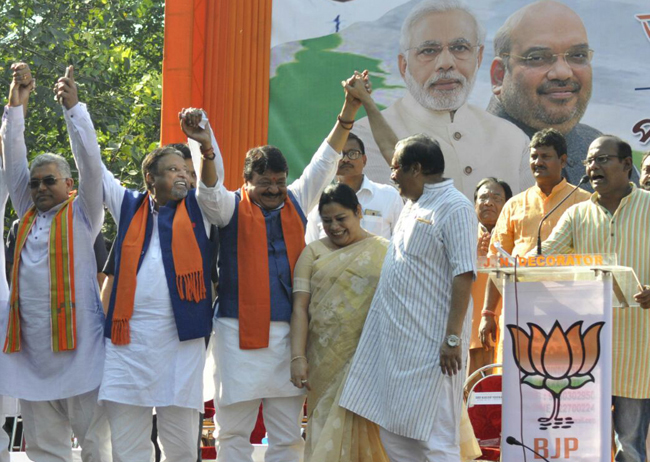No medical aid in case of emergency for Quest Mall visitors and working professionals
Vice-president of the mall accepts loopholes but does not want to rectify them to stop future incidents of any visitor or staff working there. Many questions still remain unanswered

Kolkata: A week after the death of Md. Shabbir, a 34-year-old employee of Samsonite India, the Quest Mall authorities could only come up with the CCTV footage of the mall just to show (from outside the store) how people reacted to the health emergency on November 13.
Significantly, Samsonite’s Quest Mall store is operational without CCTV cameras till date, so what happened inside the store is yet to be answered.
On Friday, November 13, Shabbir, the store manager of Samsonite, had a heart attack at the store but could not be provided with any medical support or have an ambulance arranged to send him to the hospital since the mall authorities are unprepared to provide the same. Consequently, he died at the store due to lack of medical intervention.
This happened at a time when the world is grappling with a pandemic and preparedness for medical emergencies is the need of the hour.
A day after the devastating incident, when the grieving family had met the vice-president of the Quest Mall Sanjeev Mehra to inquire about the incident, Mehra first called the local police and then talked to the family members. He had agreed to inquire into the incident, but had not given anything in writing.
“On November 20, we met Mr Mehra to know what he found in the inquiry. But he had nothing new to tell us except showing CCTV footage of the mall. We were already aware about the sequence of the event so the CCTV did not throw any new light into the incident,” reacted Abdul Ali, brother-in-law of Shabbir, minutes after the meeting ended.

“This time again Mr Mehra did not give us anything in writing. And when he mentioned that there have been some loophole/shortcoming. But as soon as I wanted to know what those loophole/shortcomings were, he backtracked on his statement and said that loopholes/shortcoming is not the right word for it. He also refused to share any details on the loopholes that he noticed in the existing system,” informed Shabnam Imran, sister of the deceased.
Shabbir had around half an hour to get medical support, which could have been crucial to saving his life, admitted the Quest Mall authorities. But they claim that since they were informed by the housekeeper only about 10 minutes prior to the family arriving at the mall, they couldn’t do much. In the meeting, after showing CCTV footage, the vice-president of Quest Mall, reiterated the same.
However, when Shahnawaz Akhtar, another relative of Shabbir, who was also present at the meeting asked Mehra, “Even for those ten minutes that Shabbir remained unattended, what action did you take and how are you prepared to take in the future so that no one else has to face a similar situation? Do you feel the need for an ambulance at the mall?” Mehra refused to make any commitment or to take any such step.
Ironically, the victim of the mall’s gross negligence, Shabbir, had requested the mall staff to take him to the hospital. Mehra gave the excuse that as Shabbir had a well built body there were not enough people to lift him to the car.
Meanwhile, Sana Ahmed, ward co-ordinator of ward 62, wrote to the mall officials seeking an answer on what action was being taken by the mall authorities to ensure that in future no case of medical negligence takes place at the mall. Quest Mall is located under ward 62 of Kolkata Corporation.
However, the question remains that even during the Covid crisis there is no medical aid facility available inside the malls. How sensible is it for the government to allow them to operate in absence of the same?






